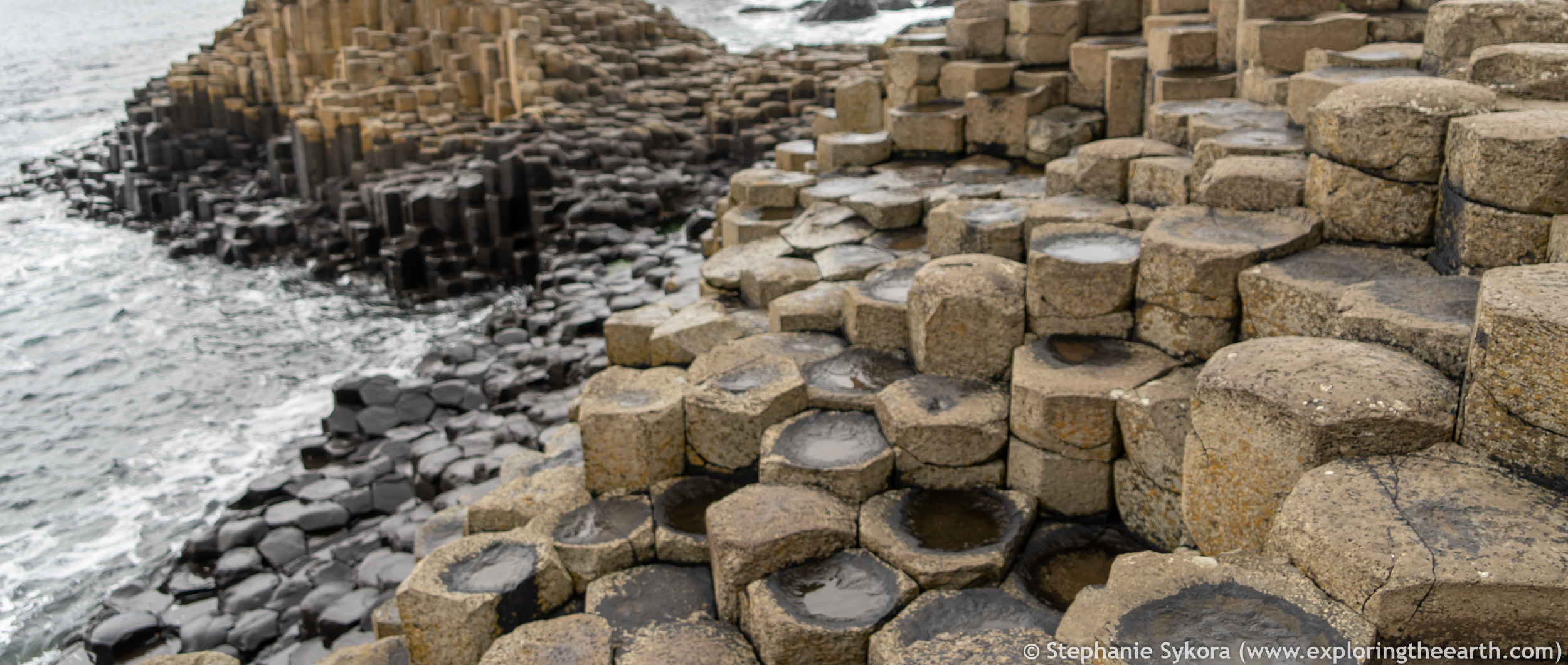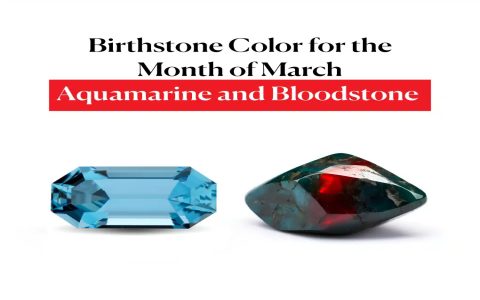The term "oceanic stones" broadly encompasses geological formations originating from marine environments and gemological materials associated with the sea, either through their origin, appearance, or nomenclature.
Geological Oceanic Formations
These are naturally occurring mineralogical or rock formations found on or beneath the seabed:
- Manganese Nodules: These are rock concretions formed of concentric layers of iron and manganese hydroxides around a core. They precipitate slowly from seawater on the abyssal plains and represent a significant deep-sea mineral resource.
- Pillow Basalts: A volcanic igneous rock that forms when mafic lava erupts underwater or flows into the sea. The characteristic pillow-shaped structures are due to the rapid cooling of the lava's outer surface upon contact with water.
- Phosphorite Nodules: Sedimentary rocks composed mainly of phosphate minerals, typically apatite. They form in marine environments with specific upwelling conditions and organic matter accumulation.
- Seafloor Massive Sulfides (SMS): Mineral deposits rich in copper, zinc, lead, gold, and silver, formed by hydrothermal vents on the ocean floor. These deposits are created when superheated, metal-rich fluids from beneath the Earth's crust are expelled into cold seawater, causing minerals to precipitate.
Gemological and Ornamental "Oceanic Stones"
This category includes minerals and biogenic materials valued for their beauty and connection to the ocean:

- Larimar: A rare blue pectolite variety found only in the Dominican Republic. Its striking blue and white patterns resemble sunlit Caribbean waters.
- Aquamarine: A blue to greenish-blue variety of beryl. Its name is derived from Latin "aqua marina," meaning "seawater," reflecting its characteristic color.
- Pearl: An organic gem produced within the soft tissue of living shelled mollusks (primarily oysters and mussels) in both saltwater and freshwater environments. Valued for their luster and iridescence.
- Coral: The skeletal material of marine polyps, often used as a gemstone. Precious coral, typically red, pink, or orange, is sourced from specific coral species.
- Ocean Jasper (Orbicular Jasper): A trade name for a variety of chalcedony characterized by colorful, spherical inclusions or "orbs." While not exclusively oceanic in origin for all types of orbicular jasper, some varieties exhibit patterns reminiscent of sea foam or underwater scenes.
- Ammonite: Fossilized shells of extinct marine cephalopod mollusks. They often display vibrant iridescence (ammolite) due to the preservation of their nacreous shell layer.
- Sea Glass: While not a natural stone, sea glass consists of physically and chemically weathered pieces of glass found on beaches along oceans, bays, and large lakes, smoothed by wave action and time.
It is important to differentiate between geologically formed oceanic stones, which are a subject of marine geology and resource exploration, and gemological or ornamental materials, which are valued for aesthetic purposes, sometimes with cultural or symbolic associations to the ocean. The latter may include both naturally occurring minerals and biogenic substances.





